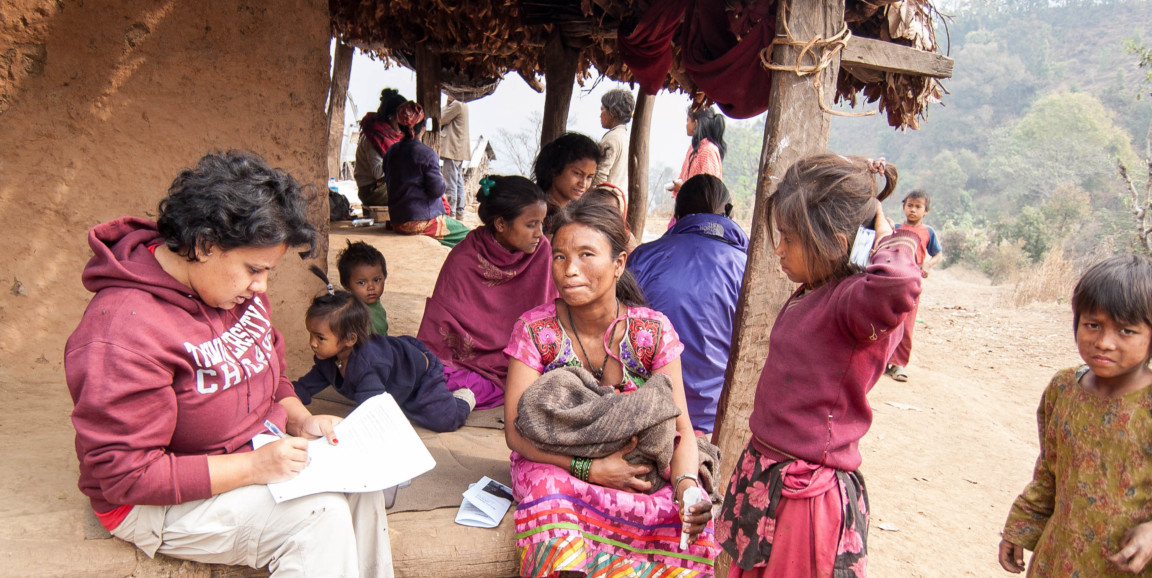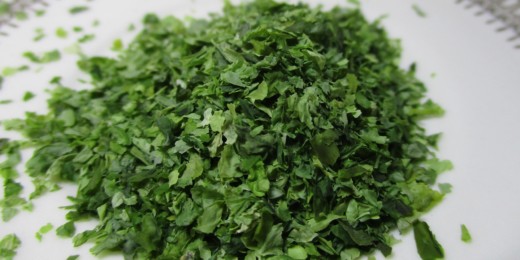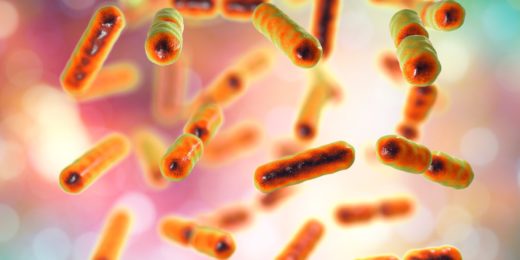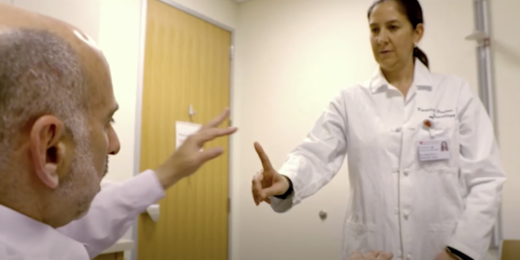Tucked deep away in the Himalayan foothills live four groups of villagers — the Tharu, the Raute, the Raji and the Chepang. They share similar languages, cultural practices and ancestry. Where they diverge is their dietary history: The Tharu have been farmers for the past 250 to 300 years; the Raute and Raji have been farmers for the past 30 to 40 years; and the Chepang are still traditional hunter-gatherers.
With such clear differences in diet and lifestyles, these populations act like a timeline in human dietary history. For scientists interested in studying the community of bacteria in our gut, or the gut microbiome, these villagers are particularly fascinating.
In their new study published in PLOS Biology, Stanford microbiologist Justin Sonnenburg, PhD and postdoctoral scholar Aashish Jha, PhD, asked the question: Do gut microbiomes change based on a population's diet and lifestyle?
To find an answer, the team gathered stool samples from the villagers and examined their bacterial makeup. This analysis showed significant changes in gut microbiomes across the four populations. Even more interesting, the differences in gut bacteria paralleled the populations' transition from hunter-gatherers to farmers.
“This study indicates that human microbiomes may have changed gradually as human lifestyle changed, and those changes can happen within a human’s lifetime,” said Jha in a Stanford Medicine news release.
Along with uncovering more about our guts, this research also offers us insight into the malleability of human biology. As stated in the article:
With the gut microbiome so easily influenced, Sonnenburg wonders what this means for our definition of human biology.
'We have always thought of humans as human DNA and the collection of humans cells that we walk around with,' he said. 'But now we know that we have this microbial identity, and that microbial portion of our biology is malleable. It can change over really short time periods.'
Next, the researchers plan to examine more closely the diets of each of these four populations to understand how the relationship between diet and the microbiome.
Photo by Aashish Jha






